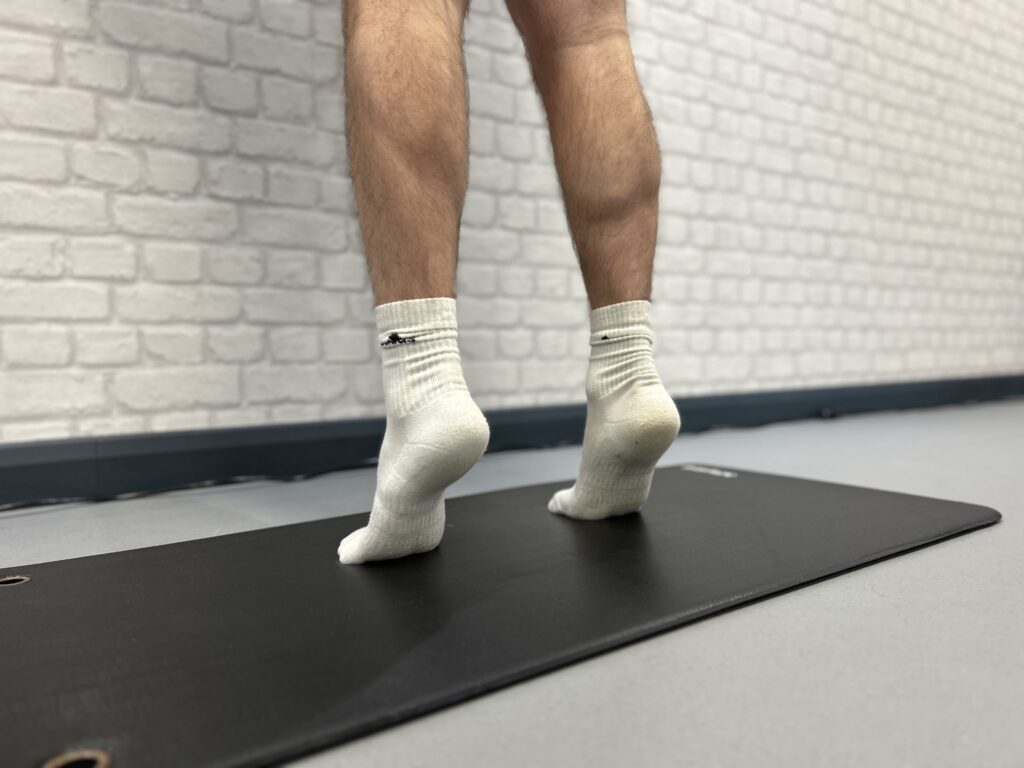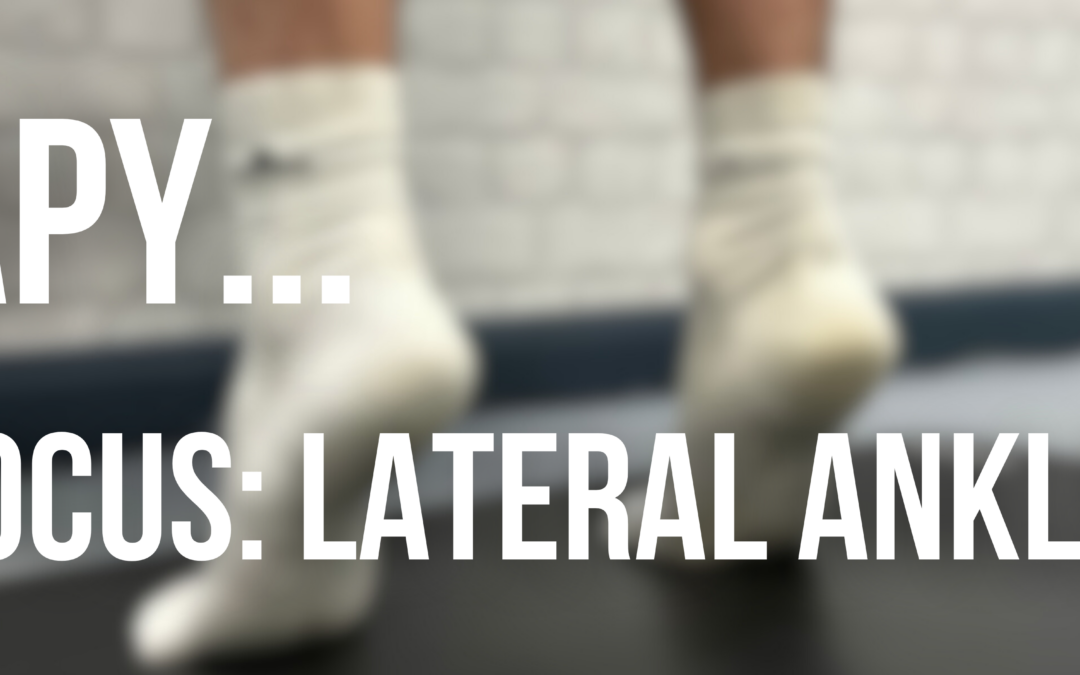Ankle sprains are common injuries. Around 85% of them involve the outer (lateral) side of the ankle. These are called lateral ankle sprains. Lateral ankle sprains usually happen when the ankle turns inward upon landings, but other movements such as rotating the foot towards the midline of the body (internal rotation) and pointing your toes downward (plantar flexion) can also contribute to the injury.
When you sustain a lateral ankle sprain, it can damage the ligaments on the outer side of your ankle. This often leads to pain and weakness in the muscles around the ankle. For many people, these symptoms go away with proper treatment. However, a lot of people struggle with lingering issues including keeping their balance and controlling their ankle during movements. This makes them more likely to sprain their ankle again in the future.
When you sprain your ankle, it can cause several issues:
1. Physical damage to the ankle tissues
2. Looseness in the ankle joint
3. Changes in how your body senses the position of your ankle
4. Altered reflexes in your ankle
5. Fear of re-injury
6. Balance problems during activities
These problems can make it harder for you to move during your daily life and exercise safely. Although it is near impossible to predict when you will sustain a lateral ankle sprain, there is plenty of “prehab” that can be done to minimise your risk of injury. Prehab is especially important to people that compete in sports where they are more likely to have a lateral ankle sprain, e.g., tennis.
Prehab
Preventing lateral ankle sprains requires a holistic approach. This means focusing outer field from just “strengthening up the ankle.” Therefore, a person should incorporate a range of exercises that enhance proprioception (joint position sense) at the ankle, hypertrophy (increased muscle mass) of muscles inside and outside the ankle, and exercises that challenge the ability of the ankle to produce and deal with force.
At this point it probably seems a lot of work to prehab your ankle. It’s not! Because a lot of prehab exercises are usually lower intensity, you can superset them alongside your
main session exercises e.g., do your normal set of barbell squats, then perform calf raises.
But remember, you should still follow principles of progressive overload with these exercises, even though they may be of lower intensity. For example, if you do 20 reps of calf raises one week, you could try adding a rep or two the next week. This is to ensure your body adapts and improves.

Here are some ideas you can use to prehab your ankle:
1. Calf raise exercise variations: These target the gastrocnemius and soleus muscles.
2. Tibialis anterior exercise variations: These target the muscle on the front of the shin, the tibialis anterior.
3. Resistance band exercises: Use a band to perform ankle movements in all directions (inversion, eversion, dorsiflexion, and plantar flexion) to strengthen the smaller muscles around the ankle.
4. Single-leg balance: This improves proprioception and overall stability.
5. Toe walks and heel walks: These exercises strengthen the tibialis anterior and calf muscles.
6. Jump training: Start with small hops and progress to more complex jumping patterns to improve ankle reactivity.
7. Plyometrics: Using pogo variations to improve the ankles stiffness and ability to produce and deal with force.

